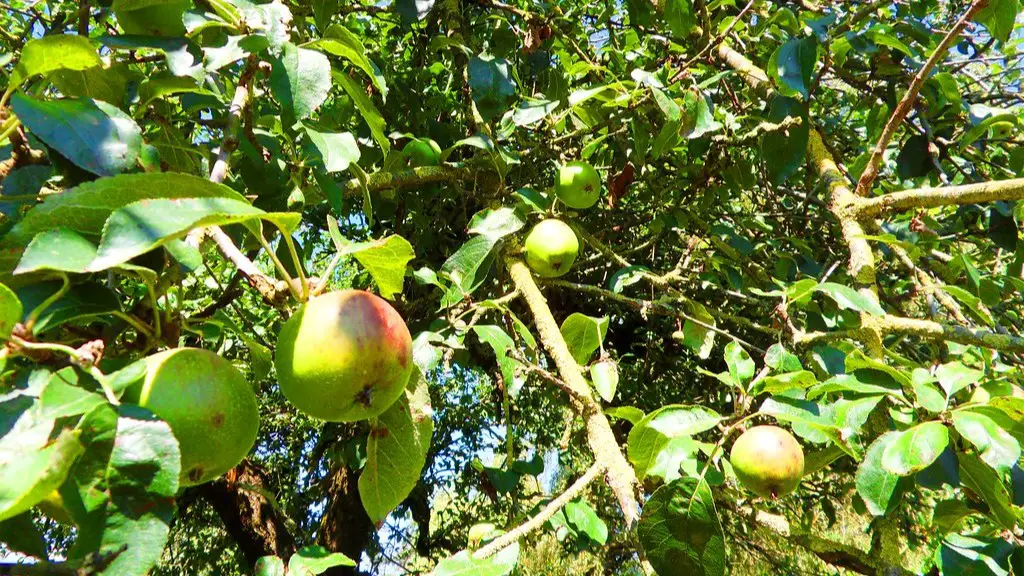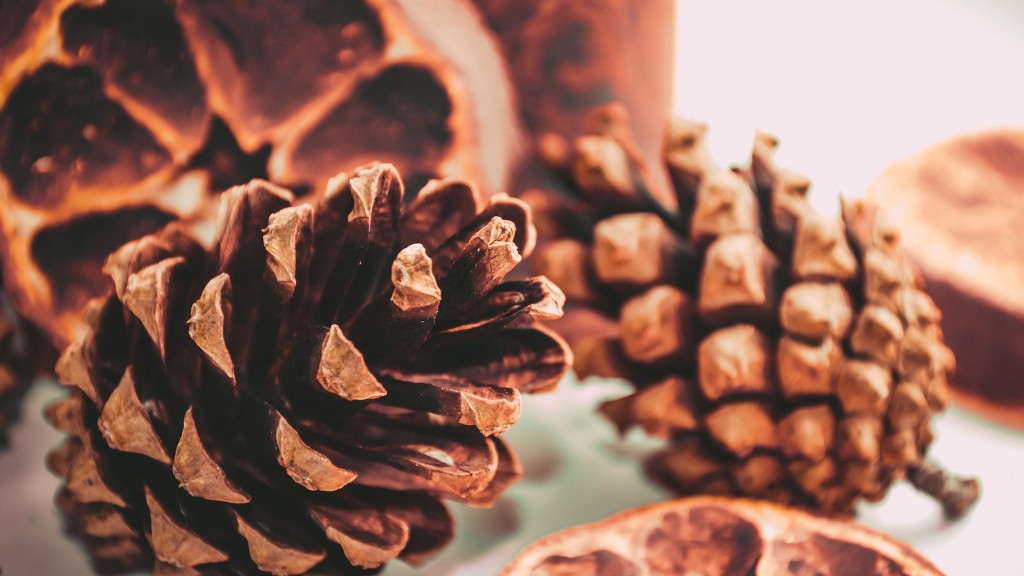Growing a lemon tree is a rewarding endeavor, but it requires patience. To achieve the desired results faster, one must take appropriate measures to ensure the lemon tree stays healthy, such as providing optimal care and conditions.
To make a lemon tree grow faster, let’s begin by looking at the basics of lemon tree care. Adequate water is key to the tree’s growth, but it’s essential to monitor the amount of water. Overwatering can lead to root rot and other issues. To test the soil’s moisture level, carefully insert your finger into the soil up to the second knuckle. If it’s damp, the soil is perfect. If it’s wet, reduce the frequency of watering. On the other hand, if the soil is dry, increase the frequency of watering.
It’s also important to ensure the lemon tree receives sunlight. Lemon trees prefer partial shade and should get at least six hours of sun a day. However, too much sun can dry out the soil and burn the leaves, so it’s important to keep the tree carefully shaded. If it’s not exposed to enough sun, the tree won’t produce fruit.
To promote lemon tree growth, fertilize the tree every month during the growing season, from spring to late summer. Use a slow-release fertilizer that’s low in nitrogen but high in phosphorus and potassium, such as 10-10-10. This will help produce more fruits and prevent nutrient-deficient problems.
It’s also important to prune the lemon tree throughout the year to maintain good growth and health. Use sharp pruning shears to remove dead and diseased branches, as well as reduce the number of fruits in the tree. This will help the plant conserve its energy and promote new growth.
Finally, mulch the tree to help keep the roots cool, moist and healthy. Use a 3-inch layer of organic mulch, such as compost, sawdust or shredded leaves, all the way around the base of the tree. This will help the soil retain moisture for longer, ensuring the tree receives adequate water.
Fertilization Methods
Fertilization is an essential part of lemon tree care. As mentioned, fertilizing the tree during the growing season will help promote healthy growth and aid in producing more fruits. To fertilize the lemon tree, use a slow-release fertilizer that’s low in nitrogen but high in phosphorus and potassium, such as 10-10-10.
Some gardeners prefer to use organic fertilizers instead of synthetic fertilizers. Organic fertilizers, such as bone meal, manure, fish emulsion and seaweed-based fertilizers, can be mixed into the soil or applied directly to the lemon tree. For best results, apply the fertilizer once a month during the growing season.
For maximum growth and fruit production, supplemental feeding of micronutrients is also recommended. Micronutrients can be applied in foliar sprays or granules. Boron, zinc, copper, iron and manganese are all important micronutrients for lemon trees.
Finally, it’s important to periodically test the soil’s pH level to ensure it’s within an acceptable range. The preferred soil pH range for lemon trees is 6.5 to 7.5. To raise the pH level, use dolomitic lime, and to lower it, use sulfur. Applying too much of either can damage the tree’s roots, so follow the manufacturer’s instructions carefully.
Pruning Techniques
It’s important to prune lemon trees to maintain good growth and health. Pruning helps remove dead and diseased branches, as well as reduce the number of fruits in the tree. This allows the plant to conserve its energy and promotes new growth. The best time to prune a lemon tree is in early spring or late summer, when the tree is actively growing.
Start by removing broken, dead or diseased branches. Cut individual branches back to their origin or to lateral branches. Prune any branches that are growing in the wrong direction, as well as limbs that are crossing over each other or rubbing against each other. This will help reduce competition for light and nutrients.
If the tree is overloaded with fruit, reduce the number of fruits by thinning. This will help the remaining fruit grow to a larger size. In addition, prune the branches to create a vase shape. This will allow the sun to reach more of the leaves, resulting in improved photosynthesis and enhanced fruit production.
It’s also important to periodically inspect the interior of the tree. Remove branches that are crowded with too many others and prevent air circulation. This will help keep the tree healthy and increase its fruiting potential.
Finally, don’t forget to sharpen your pruning shears before and after pruning. This will help ensure clean and smooth cuts that won’t damage the tree.
Environmental Factors
In order to make a lemon tree grow faster, environmental considerations must also be taken into account. Lemon trees prefer tropical and subtropical climates and need warmth, adequate water and plenty of sun to grow and thrive.
Mild temperatures are also important for lemon trees. During winter, temperatures should not drop below freezing. If temperatures drop too low, the leaves will brown and the flowers will die back. In areas where temperatures do drop below freezing, cover the tree with burlap or blankets to protect it from the cold.
Adequate humidity levels are also important for lemon trees. If the air is too dry, the leaves may start to curl and fall off the tree. To increase the humidity, mist the tree’s leaves regularly with a spray bottle. Moving the tree indoors during cold winter months is also a good way to maintain humidity.
Finally, ensure the tree is planted in a spot with good drainage. Poor drainage can cause root rot, so it’s essential to plant the tree in a location that is away from standing water.
Pest and Disease Control
Pests and diseases can also affect lemon tree growth. Aphids, mealybugs, mites and whiteflies are some of the common pest problems for lemon trees. To keep these pests at bay, spray the tree with insecticidal soap or neem oil. For severe pest infestations, hire a professional pest control company.
Fungal diseases are also a common problem with lemon trees. Brown spot and scab are the most common fungal diseases. To reduce the chances of disease, make sure the tree is properly pruned and protected from excessive rainfall. If the tree does become infected, prune off any affected branches and treat the tree with a fungicide.
Another common problem for lemon trees is root rot. This is caused by overwatering and is hard to cure. To prevent root rot, make sure the soil drains properly and don’t water the tree too much. If the tree does become infected, prune any damaged roots and treat the tree with a suitable fungicide or root rot prevention product.
Finally, nutrient deficiencies are also common problems with lemon trees. To prevent nutrient deficiency, fertilize the tree regularly during the growing season and add appropriate micronutrients to the soil. If the tree shows signs of nutrient deficiency, add the necessary nutrients to the soil and adjust the pH level, if necessary.





